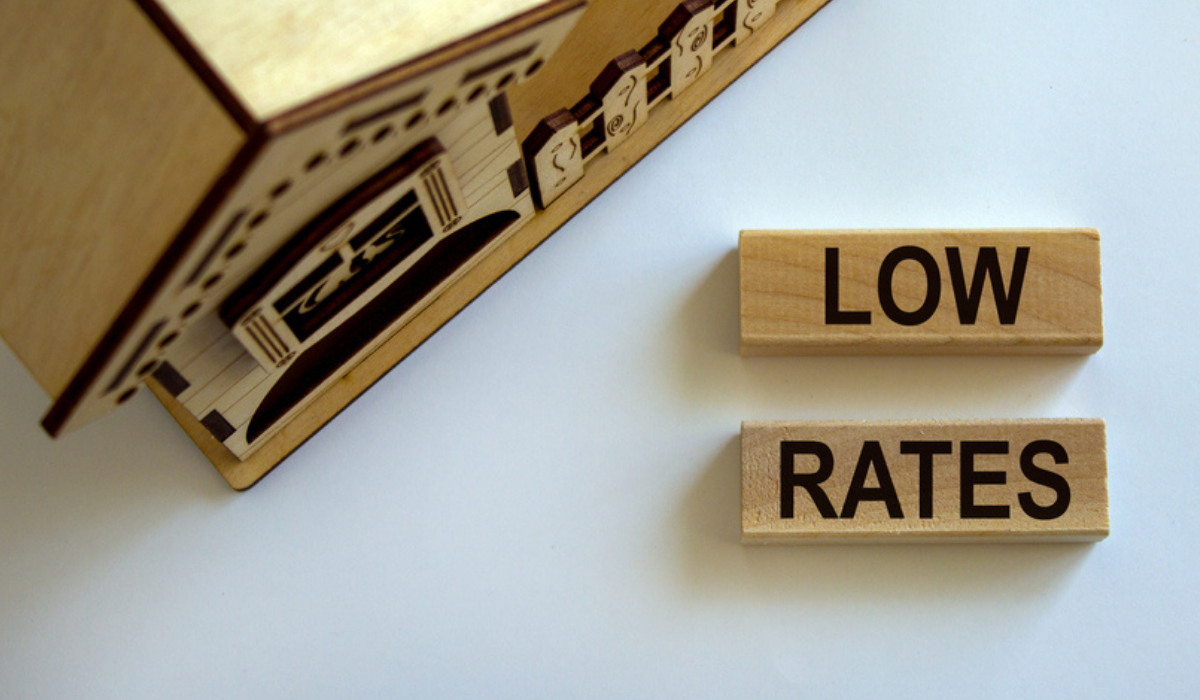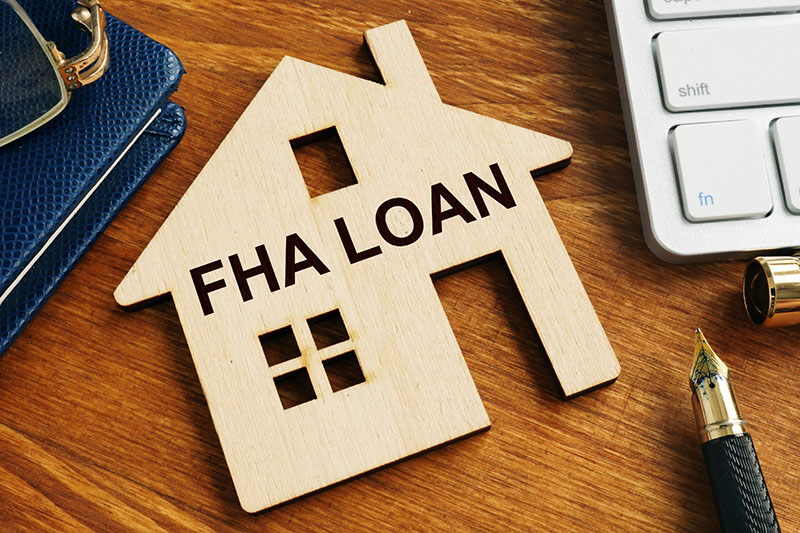Securing a low-interest home loan can significantly reduce the overall cost of buying a home and make monthly payments more affordable. Understanding the factors that affect mortgage interest rates and the types of loans available can help you find the best deal. This guide will explore low-interest home loans, their benefits, and tips for qualifying.
What Are Low-Interest Home Loans?
Low-interest home loans offer lower-than-average interest rates, which can lead to substantial savings over the life of the loan. These loans can be particularly beneficial for first-time buyers, buyers with good credit, and those refinancing their existing mortgages.
Types of Low-Interest Home Loans
1. Fixed-Rate Mortgages
Fixed-rate mortgages maintain the same interest rate for the entire loan term, providing stability and predictable payments.
- Advantages: Predictable monthly payments and protection against rising interest rates.
- Typical Terms: 15, 20, or 30 years.
- Considerations: Generally have higher initial rates compared to adjustable-rate mortgages.
2. Adjustable-Rate Mortgages (ARMs)
ARMs have lower initial interest rates that adjust periodically based on market conditions.
- Advantages: Lower initial rates and payments.
- Typical Terms: 5/1 ARM, 7/1 ARM, or 10/1 ARM (fixed rate for initial period, then adjusts annually).
- Considerations: Payments can increase significantly after the initial fixed-rate period.
3. Federal Housing Administration (FHA) Loans
FHA loans are insured by the Federal Housing Administration and often have lower interest rates for borrowers with less-than-perfect credit.
- Advantages: Lower interest rates, low down payments, and easier qualification requirements.
- Typical Terms: 15 or 30 years.
- Considerations: Require mortgage insurance premiums (MIP).
4. U.S. Department of Veterans Affairs (VA) Loans
VA loans are available to eligible veterans, active-duty service members, and their families.
- Advantages: Competitive interest rates, no down payment, and no private mortgage insurance (PMI).
- Typical Terms: 15 or 30 years.
- Considerations: Requires a funding fee, which can be financed into the loan.
5. U.S. Department of Agriculture (USDA) Loans
USDA loans are designed for low-to-moderate-income buyers in eligible rural and suburban areas.
- Advantages: Low interest rates, no down payment, and reduced mortgage insurance costs.
- Typical Terms: 30 years.
- Considerations: Geographic and income eligibility requirements.
Benefits of Low-Interest Home Loans
- Reduced Monthly Payments: Lower interest rates mean lower monthly mortgage payments, freeing up cash for other expenses or savings.
- Savings Over the Loan Term: Even a small reduction in the interest rate can lead to significant savings over the life of the loan.
- Increased Home Affordability: Lower interest rates can increase your borrowing power, allowing you to afford a more expensive home.
- Better Financial Stability: Predictable and manageable payments contribute to overall financial health and stability.
Tips for Qualifying for a Low-Interest Home Loan
1. Improve Your Credit Score
A higher credit score can help you qualify for lower interest rates. Pay down debts, make payments on time, and correct any errors on your credit report.
2. Save for a Larger Down Payment
A larger down payment reduces the lender’s risk, often resulting in a lower interest rate. Aim for at least 20% to avoid private mortgage insurance (PMI).
3. Shop Around for Lenders
Different lenders offer different rates and terms. Compare offers from multiple lenders, including banks, credit unions, and online lenders, to find the best deal.
4. Consider Loan Types
Evaluate different loan types and their interest rates. Fixed-rate loans offer stability, while ARMs can provide lower initial rates.
5. Lock in Your Rate
Once you find a favorable rate, consider locking it in. Rate locks protect you from rate increases during the loan processing period, typically lasting 30 to 60 days.
Example of Savings with a Low-Interest Home Loan
Consider two 30-year fixed-rate loans for a $300,000 mortgage:
Loan A:
- Interest Rate: 4.5%
- Monthly Payment: $1,520
- Total Interest Paid Over 30 Years: $247,220
Loan B:
- Interest Rate: 3.5%
- Monthly Payment: $1,347
- Total Interest Paid Over 30 Years: $184,404
In this example, Loan B offers a 1% lower interest rate, resulting in monthly savings of $173 and total savings of $62,816 in interest over the life of the loan.
Conclusion
Securing a low-interest home loan can lead to significant financial benefits, including reduced monthly payments and overall savings. By understanding the different types of low-interest loans, improving your credit, and shopping around for the best rates, you can make homeownership more affordable and financially manageable. Whether you’re a first-time buyer or looking to refinance, taking the time to find the best loan can pay off substantially in the long run.



